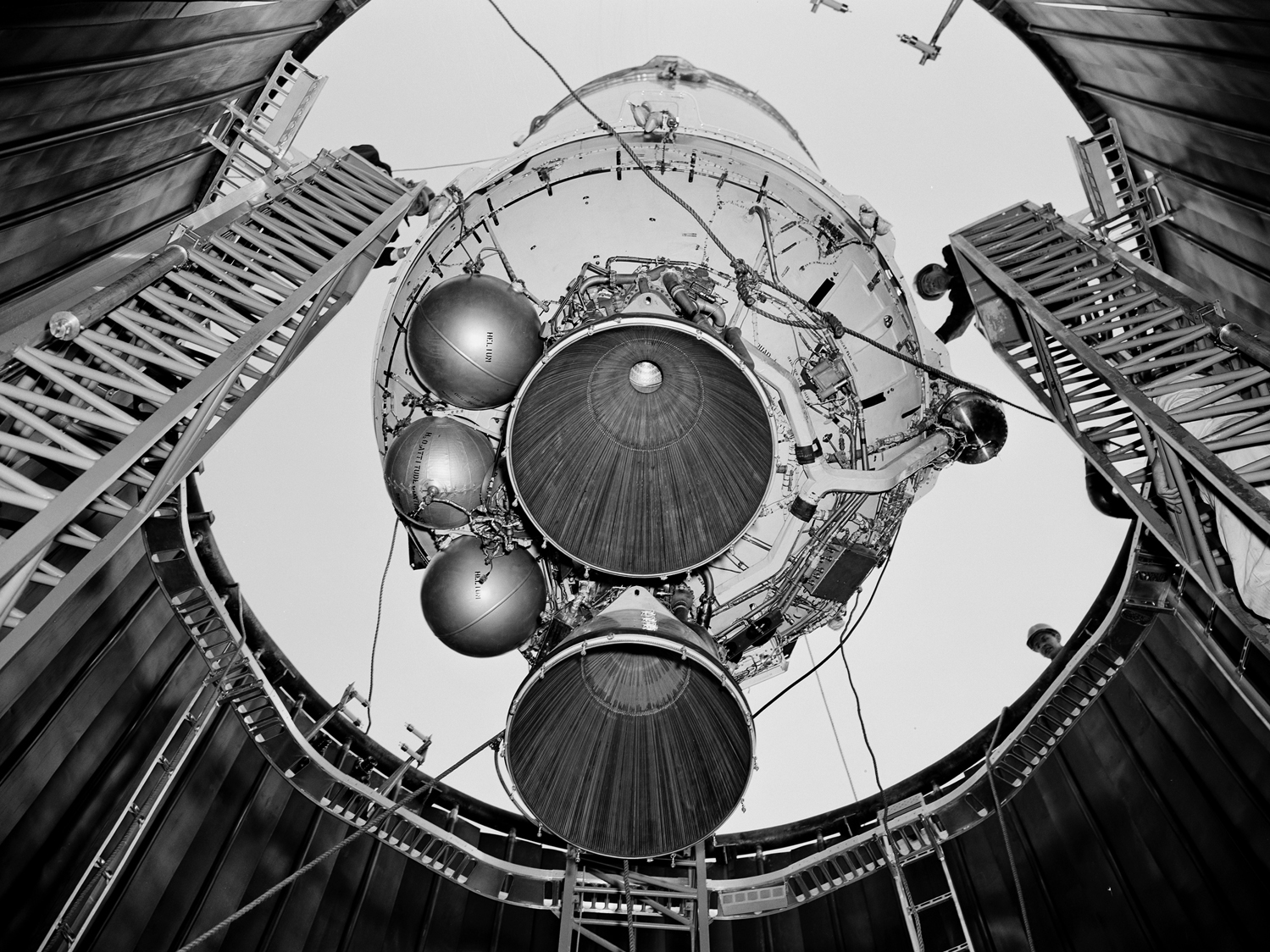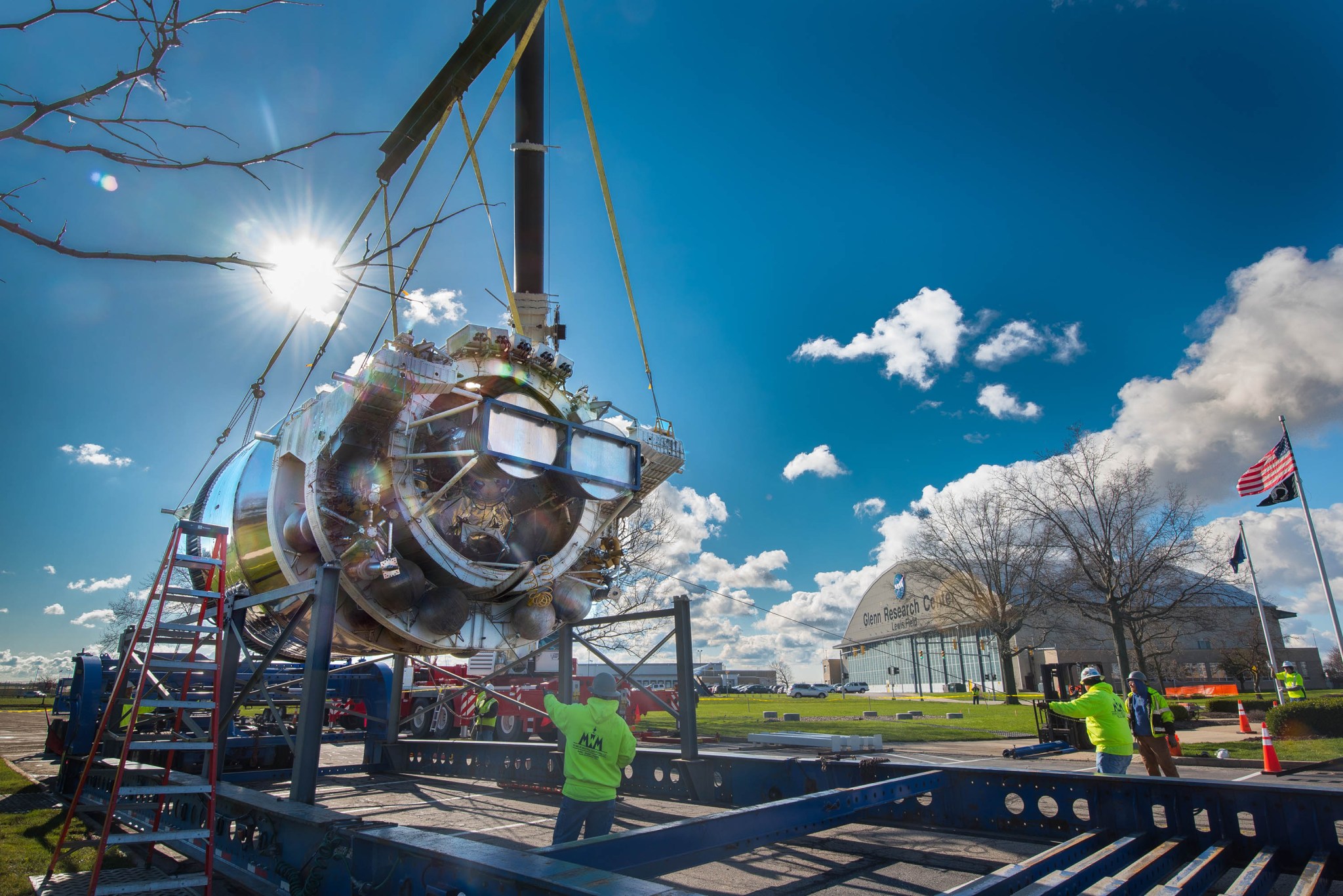This is part four of a five-part series detailing personal accounts of NASA Glenn’s Cassini Mission launch team.
As some knew at the time, the launch in the twilight hours of that October morning would be the last integrated mission managed and launched by personnel at NASA Glenn.
“We knew it was the end, but some of us kept hoping,” said Heinz Wimmer, project manager for NASA Glenn’s portion of the Cassini mission. “A number of people from our team moved to Florida in order to continue on the expendable vehicles program after it left Glenn. I chose to stay. I absolutely loved the work, but one must be ready to move on to other great things.”
The Cassini launch was the culmination of nearly a 40-year period of NASA Glenn overseeing Centaur missions, during which the upper stage became the agency’s exploration workhorse, with each mission propelling a wide variety of scientific, commercial and national security payloads deeper into space.
“When you look at it, you can’t help but think that Glenn had accomplished a monumental task,” said Joe Nieberding, who worked on every Centaur launch from 1966 to 1997. “The development of liquid hydrogen propellant and Centaur is probably one of, if not the most significant space flight development out of Glenn. It enabled so many things when it comes to space exploration.”
The Cassini launch, even though it was Glenn’s last, was also tremendously important from the standpoint of the training it provided to the Cleveland-based personnel assigned to the launch team.
“It happened at the end of an era where we completed many launches and it trained a lot personnel that have moved into higher level positions within the agency, and that knowledge will transfer over into future Orion and Space Launch System missions,” said Glen Horvat, who now serves as chief engineer for NASA Glenn’s Space Flight Development.
And those lessons aren’t limited to launch vehicles; they’re being applied to the development of some of today’s most advanced in-space propulsion systems.
“I think of the work we’re doing with solar electric propulsion as this generation’s Centaur,” said Scott Graham, now the associate director of NASA Glenn’s Space Flight Systems Directorate. “They are both in-space transfer stages that utilize state-of-the-art propulsion systems.”
While the Cassini launch marked the end of an era for NASA Glenn, the Centaur upper stage continues to be one of America’s most successful expendable launch vehicles ever built and it continues to fly today more than 50 years after its first flight.
“These vehicles continue to fly to this day during Air Force Atlas-Centaur missions,” said Craig Williams, who served as the interim leader of Cassini’s launch trajectory design team and media spokesman in Cleveland on the day of the launch. “So, there is some satisfaction in the fact that the vehicle we helped develop here at Glenn continues to be one of the highest performing and a vehicle of choice, of necessity, of outer planetary missions. I think that is why we all still feel a kinship to Centaur and Cassini.”




























